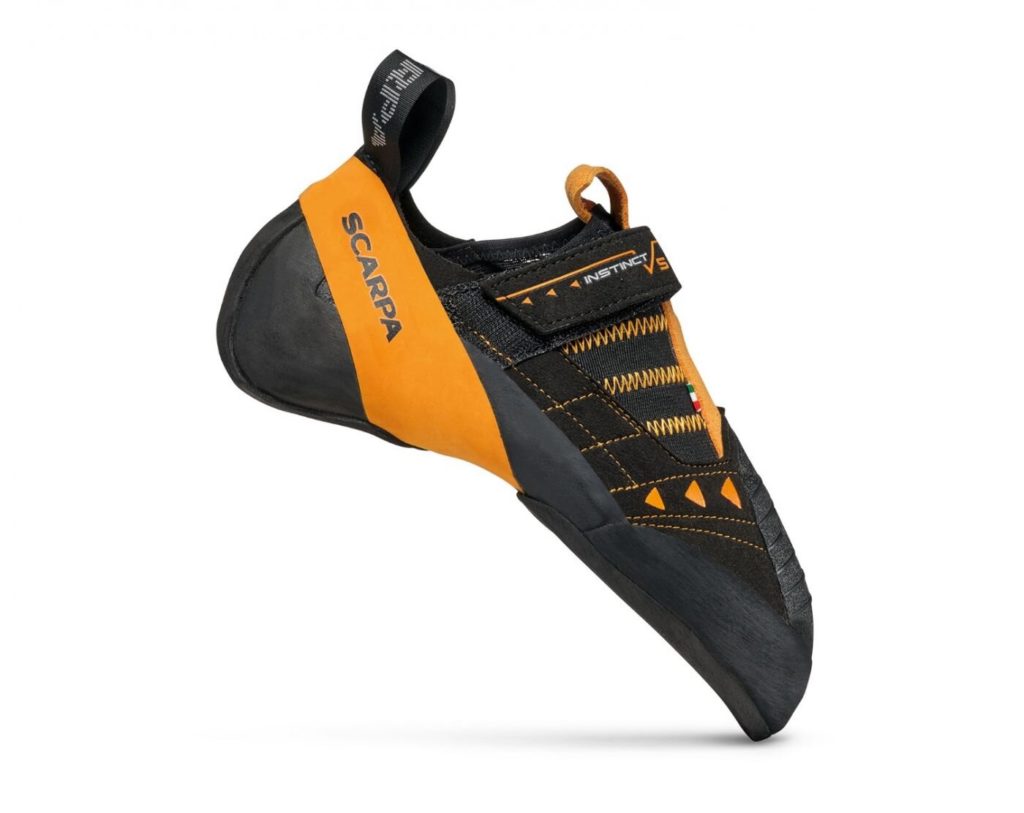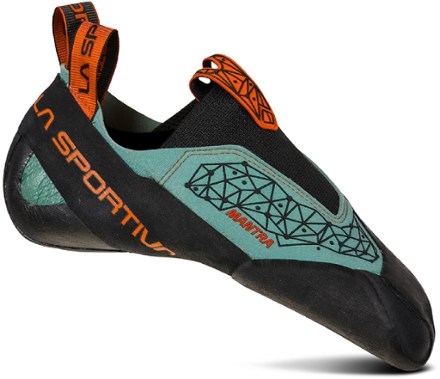You have finally bought a pair of new climbing shoes, and you can’t wait to hit the rocks. But before you do, you need to break them in properly. Otherwise, you might end up with painful blisters and reduced performance.
Breaking in your climbing shoes is not a complicated process, but it does require some patience and care.
In this practical guide, we will show you how to break in your new climbing shoes and avoid blisters, whether you have rock climbing shoes men’s or women’s.
How to Break in Your Shoes Faster
If you want to speed up the process of breaking in your shoes, there are some tips and tricks that you can try.
However, before you use any of these methods, make sure that you have the right size and type of shoe for your foot and climbing style. Also, be careful not to damage or overstretch your shoe material.
Here are some methods that you can use to break in your shoes faster:
Wear them around the house
One of the simplest ways to break in your shoes is to wear them around the house for a few hours or days before taking them outside.
This will help loosen up the material and get used to the feel of the shoe. You can also do some light exercises or stretches with them on.

Use a hairdryer
Another way to break in your shoes is to use a hair dryer to heat the material and make it more pliable. You can do this by putting on your shoes and then blowing hot air on the areas that feel tight or uncomfortable.
You can also use your hands to stretch or massage the shoe while it is warm. Be careful not to overheat or burn your feet or the shoe.
Use water or ice
You can also use water or ice to break in your shoes by expanding or contracting the material. You can do this by soaking your shoes in warm water for a few minutes and then wearing them until they dry.
This will help mold the shoe to your foot shape. Alternatively, you can fill your shoes with water and then freeze them overnight. This will help stretch the shoe material. Make sure to thaw and dry your shoes before using them.
Use a shoe stretcher
A shoe stretcher is a device that you can insert into your shoe and adjust to apply pressure on the areas that need more room.
You can buy a shoe stretcher online or at a shoe store, or you can make one yourself with some wood, screws, and rubber bands. You can leave the shoe stretcher in your shoe for a few hours or days until you get the desired fit.
Use a professional service
If none of these methods work for you, or if you want to avoid the hassle and risk of damaging your shoes, you can always use a professional service to break in your shoes for you.
You can find such services online or at some climbing gyms or shops. They will use specialized equipment and techniques to stretch and shape your shoes according to your foot size and shape.
How to Prevent and Treat Blisters
Even if you break in your shoes properly, you may still get blisters from time to time. Blisters are small pockets of fluid that form on your skin due to friction, pressure, or heat.
They can be painful, annoying, and potentially dangerous if they get infected.
Here are some tips on how to prevent and treat blisters:
Wear socks
Wearing socks can help reduce the friction and moisture that cause blisters. You can choose thin, breathable, and synthetic socks that fit well with your shoes and don’t bunch up or slide down. You can also use sock liners or toe socks for extra protection.
Use tape or bandages
You can use tape or bandages to cover the areas that are prone to blisters, such as your toes, heels, or arches. This will create a barrier between your skin and the shoe material and prevent rubbing. You can use medical tape, duct tape, moleskin, or blister pads for this purpose.
Use lubricants or powders
You can also use lubricants or powders to reduce the friction and moisture that cause blisters. You can apply them on your feet or inside your shoes before putting them on. You can use petroleum jelly, body glide, baby powder, or talcum powder for this purpose.
Keep your feet dry and clean
Keeping your feet dry and clean can help prevent blisters from forming or getting infected. You can do this by changing your socks regularly, airing out your shoes after each use, and washing your feet with soap and water at the end of the day.
Pop or drain your blisters
If you do get blisters, you may want to pop or drain them to relieve the pain and pressure. However, this should be done with caution and care, as it may increase the risk of infection.
You should only pop or drain your blisters if they are large, painful, or interfere with your climbing. To do this safely, you should follow these steps:
- Wash your hands and feet with soap and water.
- Sterilize a needle with alcohol or fire.
- Make a small hole at the edge of the blister and gently squeeze out the fluid.
- Apply an antiseptic cream or ointment on the blister.
- Cover the blister with a sterile bandage or gauze.
- Change the dressing daily and keep the area clean and dry.


